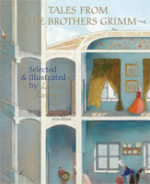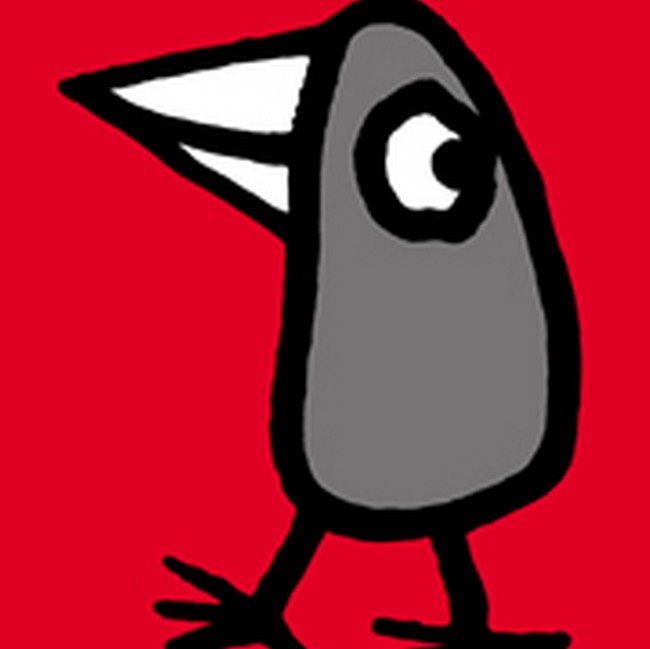I am not a particularly girly girl most of the times, but there are a handful of illustrators that for some reason manage to reach out to the (much hidden) princess inside me. One is of them is British illustrator Sarah Gibb, and the other two are French: Cathy Delanssay and Miss Clara, who is finally being published in the UK.
I first came across French artist Claire Guiral, aka Miss Clara, not through the books she has illustrated, but through the range of stationery she creates for La Marelle, which I very much urge you to discover (though I take no responsibility for any addiction that might ensue).
Miss Clara’s artwork is stunning and sophisticated, working entirely with paper, which she uses to create maquettes. She meticulously prepares the paper before working on it by folding, creasing, dyeing, manipulating it, then sews it together and paints it to create her trademark delicate characters and other intricate objects. She then adds trinkets and other well chosen objects to the scenes before taking photographs before adding the finishing touches digitally. The result is magical and fantastically atmospheric.
In the short French film below you can discover how she works, as well as the amazing world she has created in her own home (yes, that is her house! You can see more photographs here, it is well worth a look)
It is easy to see why Miss Clara’s style lends itself so well to illustrating eighteen-century fairy tales. The enchantment and darkness of fairy tales are conveyed in the artwork with a rare intensity.
Her first illustrated book for Magnard Jeunesse in France was indeed a fairy-tale, Peau d’âne, by Charles Perrault; a tale much loved in France but very little known here.
text by Sarah Lowes, retold from the original tale by Hans Christian Andersen
(Barefoot Books)
When her best friend Kay is taken away by the evil Snow Queen and kept captive in her ice palace, Gerda takes it upon herself to go and rescue him, despite the many dangers she faces along the way. On her way to the far North, Gerda does indeed encounter many difficulties and challenges, her pure heart and her love for Kay help her to outwit the Snow Queen and save her friend.
This much abridged version of the original tale is a great introduction to the world of fairy-tales for newly independent readers. The vocabulary is quite advanced and the text challenging at times, and therefore despite being quite a thin little book it will be particularly suited to those readers who have built some stamina and confidence in their reading, as stated on the back cover by the publisher.
Miss Clara’s scenes atmospheric scenes and the play on colours really heighten the opposites between the Snow Queen and her world (blue, white and other icy colours) and anything to do with Gerda (red, pink and other warm colours).
 The Twelve Dancing Princesses
The Twelve Dancing Princessestext by Mary Hoffman, retold from the original tale by the Brothers Grimm(Barefoot Books)
When his twelve daughters’ slippers are found in rags and tatters every morning, despite the fact that they should be unable to leave their rooms unnoticed, the King faces conundrum; where do they go, and what are they doing there? To help him solve the mystery, the King promises his kingdom to anyone who can work it out within three days and three nights. Many try and fail, until a dishevelled soldier arrives at the palace’s doors. Will he be the one to succeed?
This story of the poor soldier who manages to outwit the clever royal sisters is one of my favourite fairy-tales. and its opulent ballroom scenes and lavish dresses lend themselves particularly well to Miss Clara’s style. The attention to detail in the gowns is outstanding and this book really showcases Miss Clara’s incredible talent. Many of the spreads are quite dark, focusing on the mystery and magic of nightfall, adding to the secrecy of the princesses’ destination. Again the vocabulary and text structure is best suited to confident readers, but Mary Hoffman’s text remains accessible and is beautifully told.

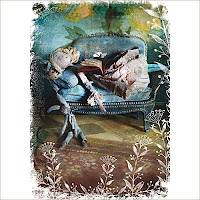
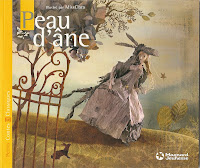
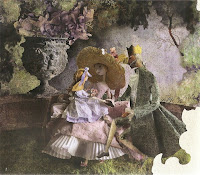
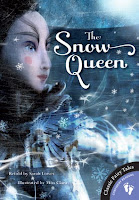

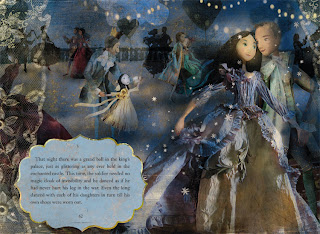.jpg)



